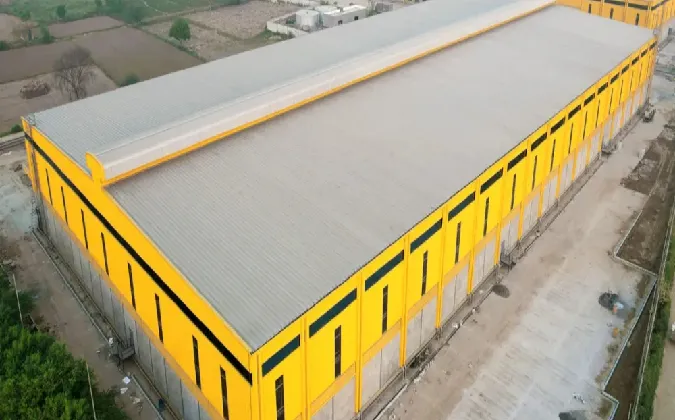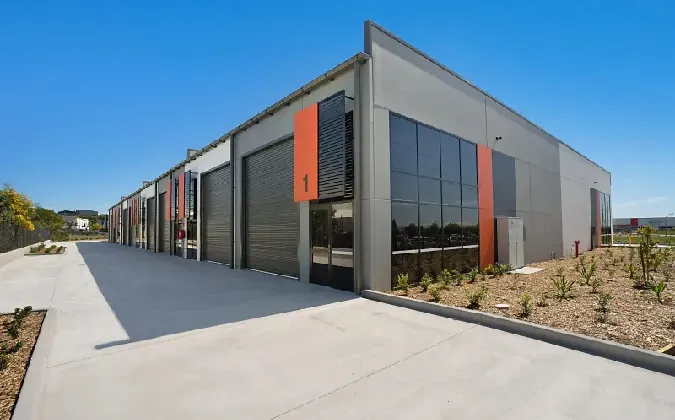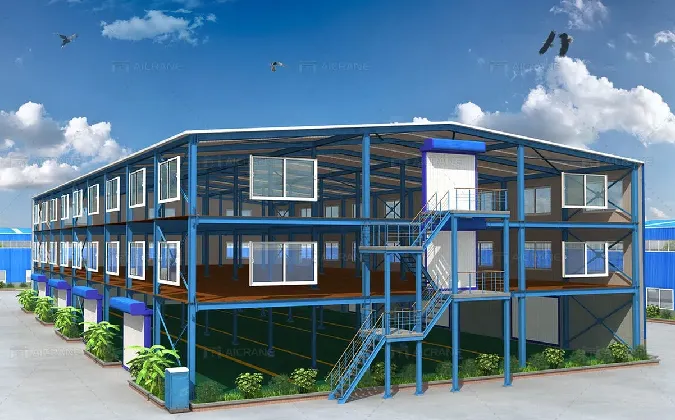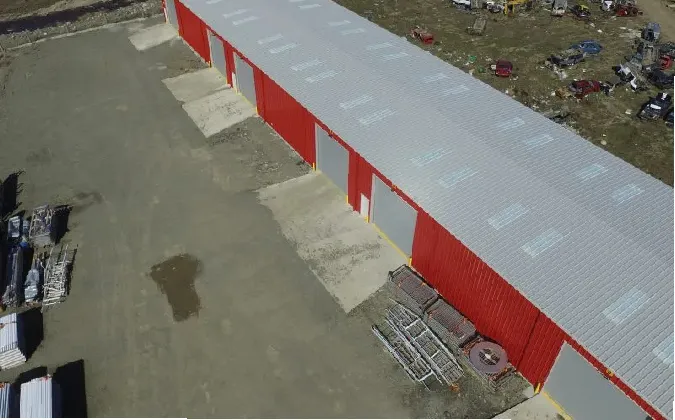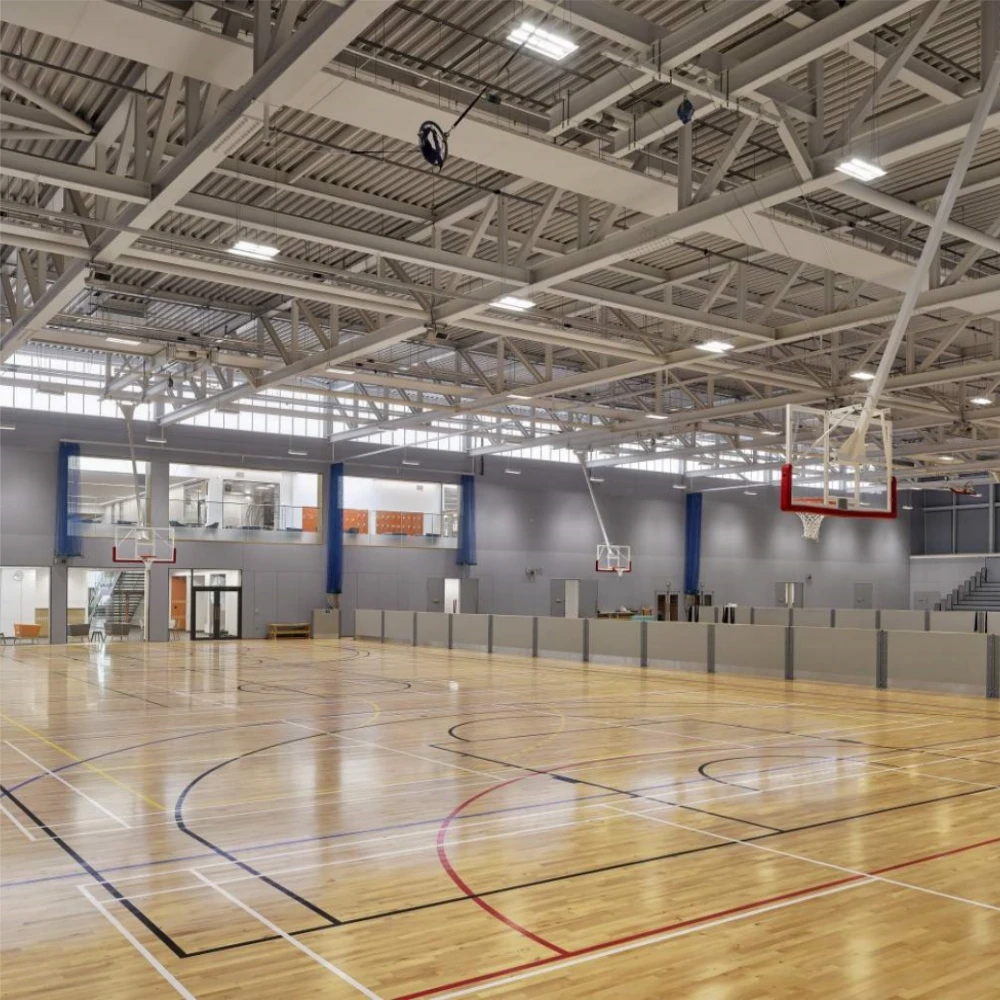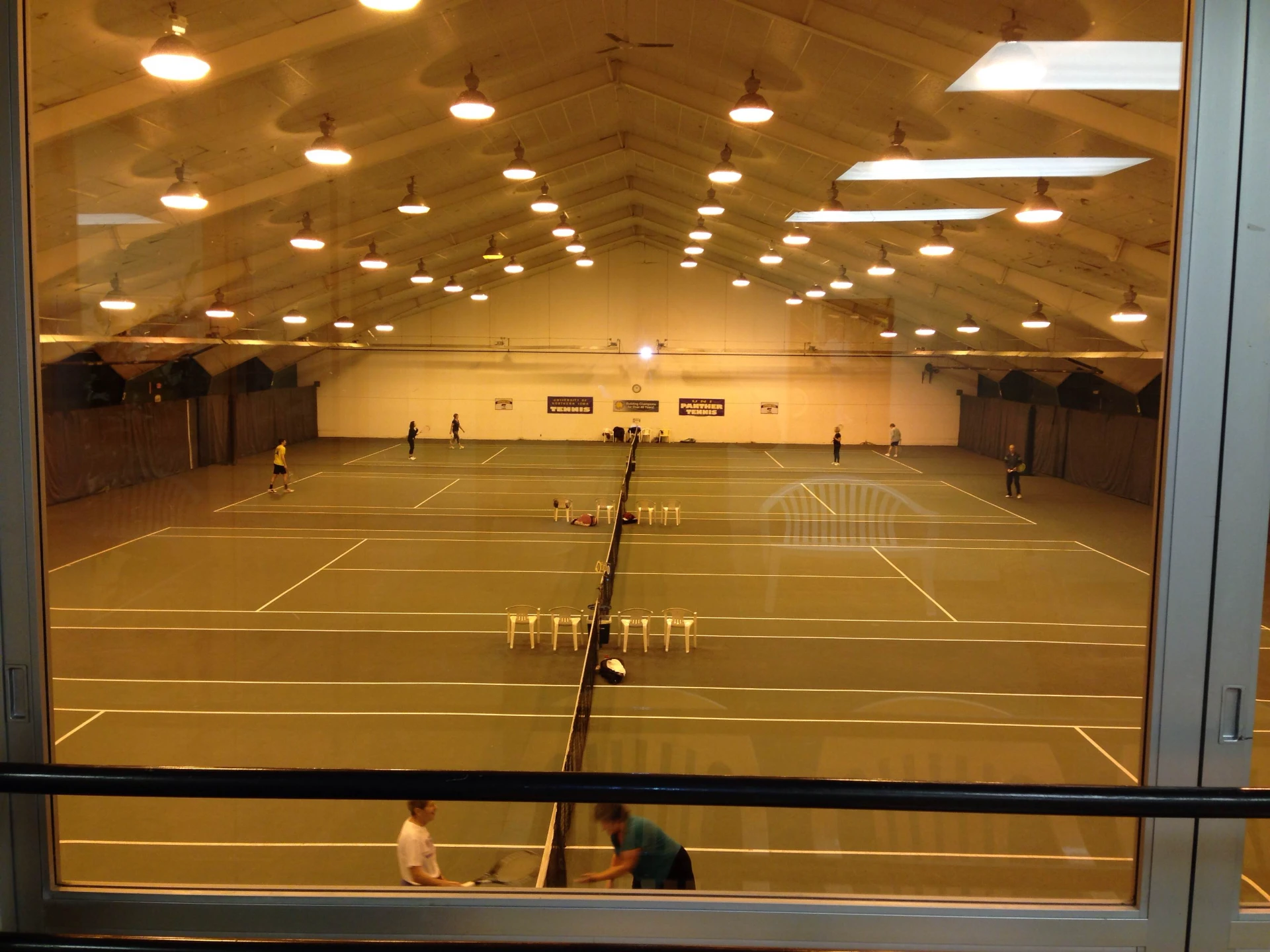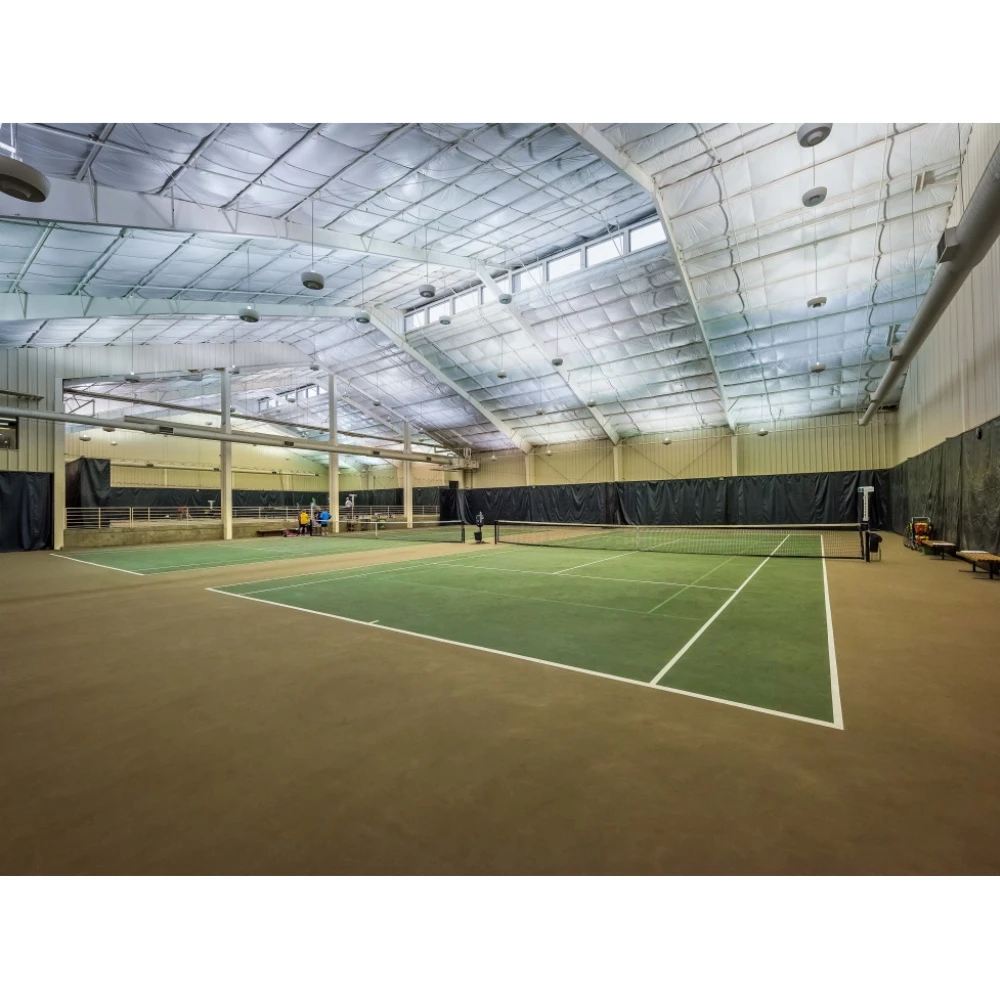- Afrikaans
- Albanian
- Amharic
- Arabic
- Armenian
- Azerbaijani
- Basque
- Belarusian
- Bengali
- Bosnian
- Bulgarian
- Catalan
- Cebuano
- Corsican
- Croatian
- Czech
- Danish
- Dutch
- English
- Esperanto
- Estonian
- Finnish
- French
- Frisian
- Galician
- Georgian
- German
- Greek
- Gujarati
- Haitian Creole
- hausa
- hawaiian
- Hebrew
- Hindi
- Miao
- Hungarian
- Icelandic
- igbo
- Indonesian
- irish
- Italian
- Japanese
- Javanese
- Kannada
- kazakh
- Khmer
- Rwandese
- Korean
- Kurdish
- Kyrgyz
- Lao
- Latin
- Latvian
- Lithuanian
- Luxembourgish
- Macedonian
- Malgashi
- Malay
- Malayalam
- Maltese
- Maori
- Marathi
- Mongolian
- Myanmar
- Nepali
- Norwegian
- Norwegian
- Occitan
- Pashto
- Persian
- Polish
- Portuguese
- Punjabi
- Romanian
- Russian
- Samoan
- Scottish Gaelic
- Serbian
- Sesotho
- Shona
- Sindhi
- Sinhala
- Slovak
- Slovenian
- Somali
- Spanish
- Sundanese
- Swahili
- Swedish
- Tagalog
- Tajik
- Tamil
- Tatar
- Telugu
- Thai
- Turkish
- Turkmen
- Ukrainian
- Urdu
- Uighur
- Uzbek
- Vietnamese
- Welsh
- Bantu
- Yiddish
- Yoruba
- Zulu
Sep . 03, 2024 02:23 Back to list
Designing Connections for Cold-Formed Steel Structures
Cold-formed steel (CFS) has gained popularity in construction for its high strength-to-weight ratio, versatility, and cost-effectiveness. As the use of cold-formed steel continues to rise, understanding the design of connections in these structures is crucial for ensuring safety, stability, and overall performance. This article delves into the considerations and principles behind designing connections for cold-formed steel.
Designing Connections for Cold-Formed Steel Structures
A significant challenge in designing connections for cold-formed steel is addressing the variety of connection types used, including welds, bolts, and screws. The choice of connection type is influenced by factors such as load requirements, ease of construction, and the environmental conditions the structure will face. For instance, welded connections might provide a more rigid joint, making them suitable for high-load applications, while bolt or screw connections offer easier assembly and disassembly.
cold formed steel connection design
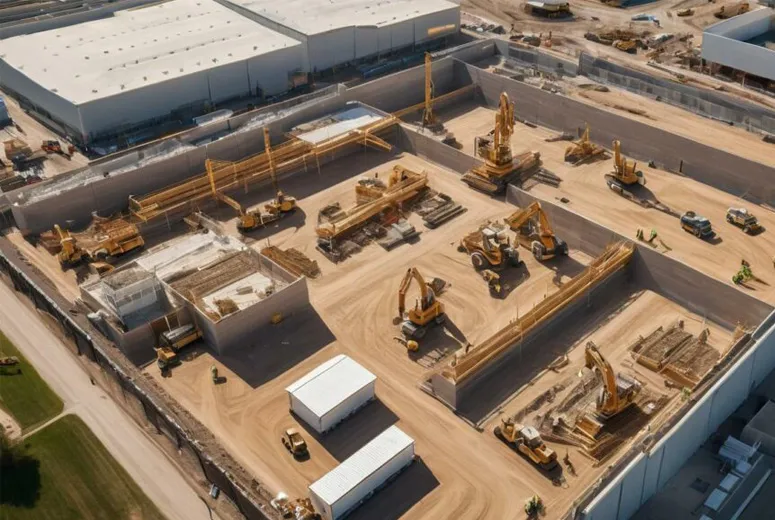
When designing connections, it is vital to consider the load paths within the structure. Load paths dictate how forces are transferred through the structure and into the foundation. In CFS construction, where sections are relatively thin, it is essential to limit the risk of local failure around connections. Engineers must ensure that the connection design can adequately transfer loads while preventing issues such as bearing failure, shear failure, and bending failure.
Furthermore, the design must comply with relevant codes and standards, such as the American Institute of Steel Construction (AISC) guidelines for steel structures or the American Iron and Steel Institute (AISI) specifications specifically for cold-formed steel. These standards provide valuable insights into material strengths, permissible load limits, and methodologies to analyze and validate connection performance under various loading conditions.
In recent years, technological advances have also impacted the design of cold-formed steel connections. Software tools and finite element analysis (FEA) allow for more sophisticated modeling approaches, enabling engineers to simulate and predict the behavior of connections under various loading scenarios. These tools help in optimizing designs, ensuring they meet safety and performance specifications while minimizing material use and costs.
In conclusion, the design of connections in cold-formed steel structures presents various challenges and considerations. Understanding the material properties, selecting appropriate connection types, analyzing load paths, adhering to industry standards, and leveraging technological advancements are vital to creating safe and efficient designs. With the growing interest in cold-formed steel applications, continued research and innovation in connection design will be essential to advancing the field and ensuring the resilience of future structures. As the industry evolves, engineers must stay abreast of new techniques and insights that will facilitate better design practices in cold-formed steel construction.
-
How Do Prefabricated Steel Structures Transform Modern Construction?
NewsJul.14,2025
-
How Do Prefabricated Metal Buildings Redefine Modern Construction?
NewsJul.14,2025
-
How Do Prefab Insulated Metal Buildings and Steel Structures Revolutionize Modern Construction?
NewsJul.14,2025
-
How Do Pre - Engineered Steel Structures Redefine Modern Construction?
NewsJul.14,2025
-
Advancing Modular Construction with Prefabricated Metal Structures
NewsJul.14,2025
-
Advancing Industrial Infrastructure with Prefabricated Steel Solutions
NewsJul.14,2025
Products categories
Our Latest News
We have a professional design team and an excellent production and construction team.






